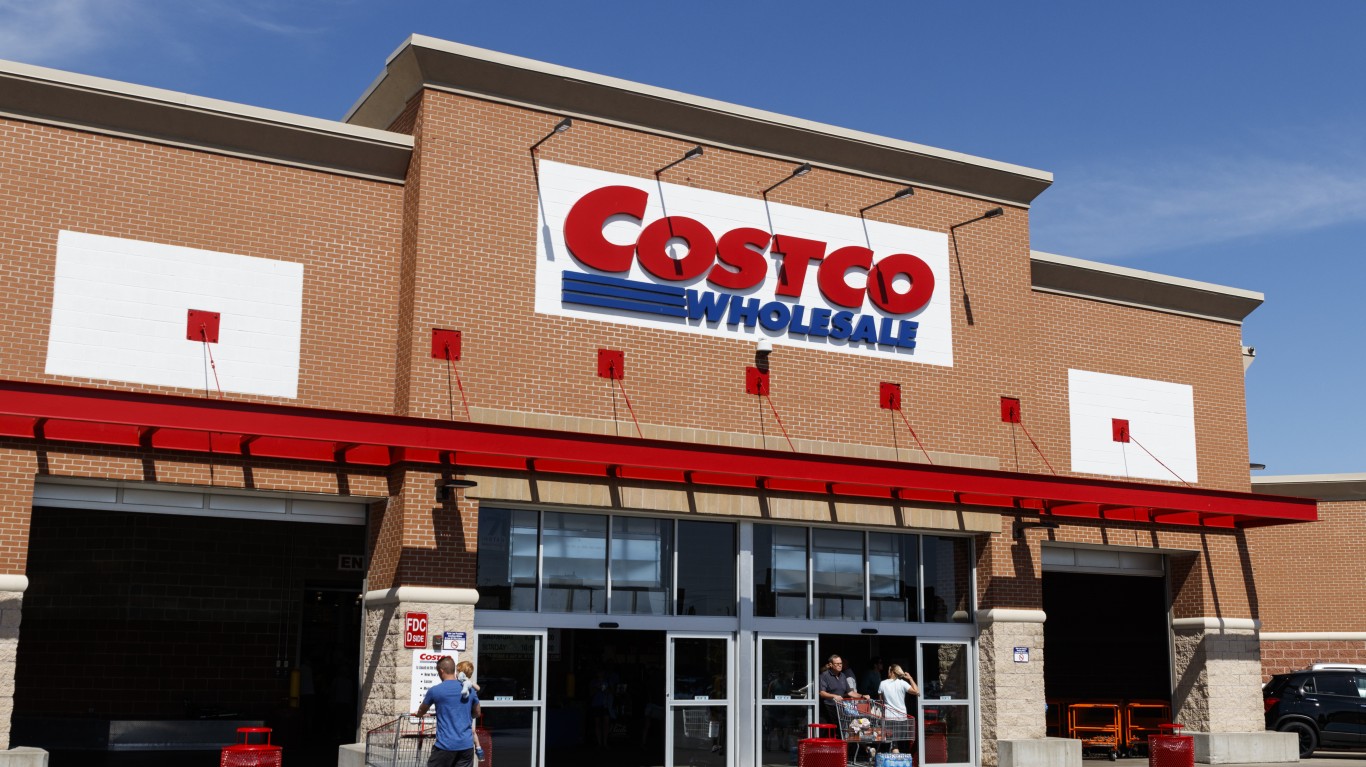
According to the National Retail Federation, 200.4 million consumers took advantage of Thanksgiving weekend sales in 2023. That five-day period includes one of the nation’s busiest shopping days. What is the history of Black Friday, and how has it progressed over the years?
Take a closer look at the first “Black Friday” and see why it has nothing to do with the kickoff of the holiday shopping season.
The Infamous First Black Friday of 1869
You have to go back over 150 years to find the original Black Friday. It’s a day many lost their wealth. It’s also not a day that followed Thanksgiving. The first Black Friday took place on September 24, 1869.
At the start of his presidency, Ulysses S. Grant planned to improve the economy by reducing the supply of paper currency. His government offered to trade people’s greenbacks for a new currency that was tied to the gold market.
Railway magnate Jim Fisk and financier Jay Gould wanted to keep the Vanderbilt family from taking control of the Erie Railroad. They came up with a way to come up with the necessary cash to stop Cornelius Vanderbilt from purchasing it.
The plan was to get investors to buy gold in mass before the government started selling it. That mass purchase would inflate the value, at which point they could sell while it was high. They enlisted the help of their friend, President Grant’s brother-in-law. The brother-in-law convinced Grant to name General Daniel Butterfield as Assistant U.S. Treasurer. Butterfield would alert them when the government was going to sell in return for a cut of profits. All of the investors could sell right before the prices plummeted.
The problem was that Grant’s sister wrote a letter to the First Lady about their plan. Grant read the letter and ordered the immediate sale of $4 million gold on Friday, September 24, which caused prices to plummet and the stock market to fall. That day became known as “Black Friday.”
Investors who’d taken out loans to purchase gold had no money to pay them back. This led to a Congressional investigation, but Republicans wouldn’t allow the First Lady or President Grant’s sister to testify, which helped protect Gould, Fisk, and Grant’s brother-in-law from charges.
The government replaced Butterfield, and Grant’s brother-in-law lost everything. Fisk suffered the worst fate of all when another financier shot and killed him. However, Gould managed to make a profit and took control of the Union Pacific Railroad.
That’s the first “Black Friday.” Beyond falling gold prices, it has nothing to do with the holiday sale that starts the day after Thanksgiving.
How Did the Present-Day Black Friday Start?
Abraham Lincoln chose the final Thursday of each November to be the Thanksgiving holiday in 1789. That’s how it went until 1939 when President Franklin Delano Roosevelt changed everything as a result of the “Buy Now Campaign.”
Retailers wanted the entire month of December for holiday sales, but Thanksgiving in 1939 was going to fall on the final day of the month. For that reason, they asked for Thanksgiving to move to a new day. Roosevelt signed a proclamation changing it to the next to last Thursday on October 31.
This small change gave stores an extra week to make. The experiment didn’t go as well as hoped, however, as it made it harder for families to plan vacations. This led to the date going back to the final Thursday in 1941.
The positioning of Thanksgiving is important as Black Friday always follows that holiday. The origins of that name are tied to two things. First, the Army-Navy football game is played on the Saturday after Thanksgiving. The game takes place in Philadelphia, and it becomes a headache for Philadelphia police. As early back as the 1950s, police started calling that day “Black Friday.”
In addition to having to handle traffic control for all the visitors, they had to deal with the increase in shoplifting at area stores. It forced officers to work overtime on a holiday weekend no less.
The other angle involves the amount of shopping that happens when visitors hit Philadelphia stores. Retailers started seeing a spike in sales, which puts them “in the black.” While there were attempts to change the name to “Big Friday,” that name didn’t stick. Instead, it spread nationally in the 1980s and became a big day of sales for stores and holiday bargains for shoppers.
How Black Friday Has Changed Over the Years
Since the 1980s, the holiday shopping season has gotten bigger and more extravagant. Children used to ask for a doll, a game, etc. Today’s popular presents include gaming systems and the games that go with them. Kids ask for computers, VR headsets, and many other big-ticket items. It’s those pricier presents that become desirable on Black Friday sales.
With limited-availability toys and electronics, people have been known to fight to get their hands on them. Tragically, people have even been shot at Black Friday sales. Thankfully, that’s changing. Black Friday’s shifting and sales extend beyond a single day.
Cyber Monday is one of the newer additions. In 2005, the National Retail Federation proclaimed the Monday following Thanksgiving to be Cyber Monday. For shoppers who focus on online purchases, online retailers offer substantial discounts. Shoppers spent $12.4 billion on Cyber Monday in 2023. It’s a huge event. Stay home and complete your shopping online.
While many shoppers head to large retailers on the day after Thanksgiving, small businesses are celebrated on Small Business Saturday. It’s the day that local businesses hold sales and encourage people to shop locally.
Green Monday follows Cyber Monday. It’s a last-minute chance to get items at a discount before it’s too late for them to ship in time. For larger companies, Free Shipping Day is the best day to get free shipping without having to meet a minimum purchase. Because Free Shipping Day often falls on or near December 14th, gifts may not arrive in time if there are postal or shipping delays.
Black Friday always follows Thanksgiving Day. Before you fill up on these substantial discounts, enjoy gathering with friends and family during America’s favorite holiday.
Want to Retire Early? Start Here (Sponsor)
Want retirement to come a few years earlier than you’d planned? Or are you ready to retire now, but want an extra set of eyes on your finances?
Now you can speak with up to 3 financial experts in your area for FREE. By simply clicking here you can begin to match with financial professionals who can help you build your plan to retire early. And the best part? The first conversation with them is free.
Click here to match with up to 3 financial pros who would be excited to help you make financial decisions.
Thank you for reading! Have some feedback for us?
Contact the 24/7 Wall St. editorial team.

